Vicarious, a secretive 10-year-old startup backed by Mark Zuckerberg, Elon Musk, and Jeff Bezos, reveals its progress and an initial customer.
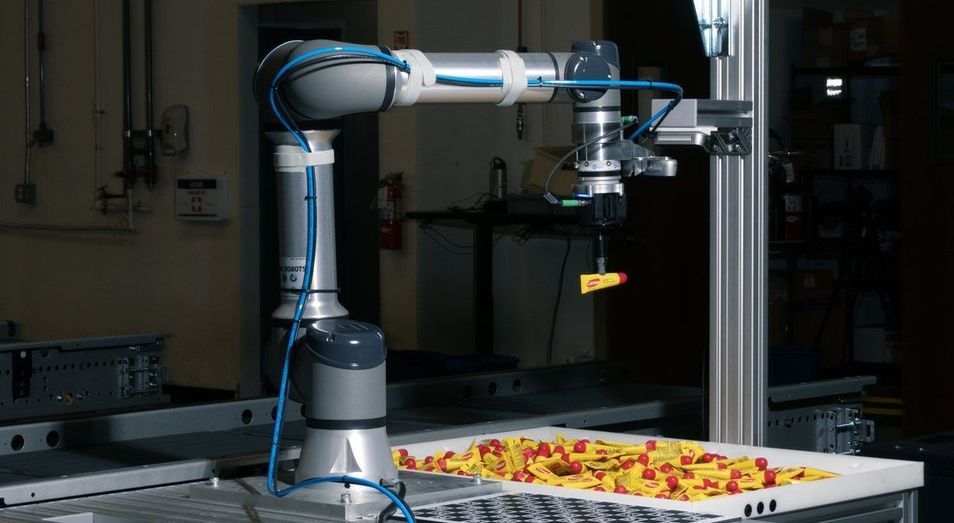

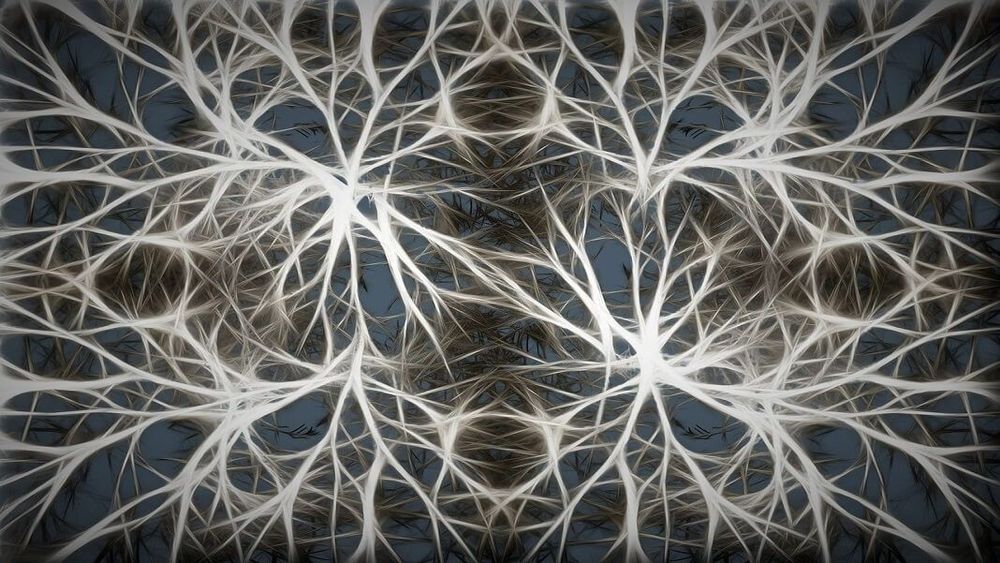
This month, an international team put all of those ingredients together, turning theory into reality.
The three labs, scattered across Padova, Italy, Zurich, Switzerland, and Southampton, England, collaborated to create a fully self-controlled, hybrid artificial-biological neural network that communicated using biological principles, but over the internet.
The three-neuron network, linked through artificial synapses that emulate the real thing, was able to reproduce a classic neuroscience experiment that’s considered the basis of learning and memory in the brain. In other words, artificial neuron and synapse “chips” have progressed to the point where they can actually use a biological neuron intermediary to form a circuit that, at least partially, behaves like the real thing.
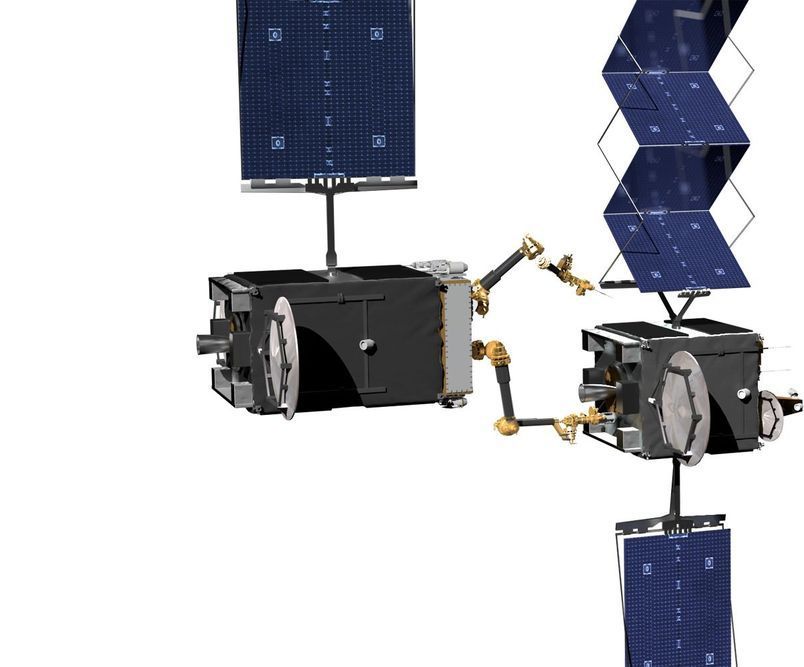
DARPA has entered into a partnership with Northrop Grumman subsidiary Space Logistics LLC to develop robotic technologies for servicing and extending the service lives of orbital satellites. Based on the Mission Extension Vehicle-1 (MEV-1), which recently docked with a communication satellite in geosynchronous orbit, the technology will be used by the agency’s Robotic Servicing of Geosynchronous Satellites (RSGS) program to develop a dexterous robotic servicer that would be operated by private companies.
Founded in 2016, the RSGS program completed a Payload Critical Design Review in 2019 and is developing key technologies in the run up to the first space launch scheduled for 2023. As part of this effort, DARPA says it is funding the US Naval Research Laboratory (NRL) to bring together components like the robotic manipulator arms, a variety of interchangeable tools, cameras, sensors, software, and avionics into a functioning robotic payload.
Meanwhile, Space Logistics will provide the spacecraft bus based on the MEV and integrate the robotic payload, as well as providing launch and orbital operation services. Once the spacecraft has been checked out and demonstrated its capabilities, the technology will be marketed to commercial and government organizations.
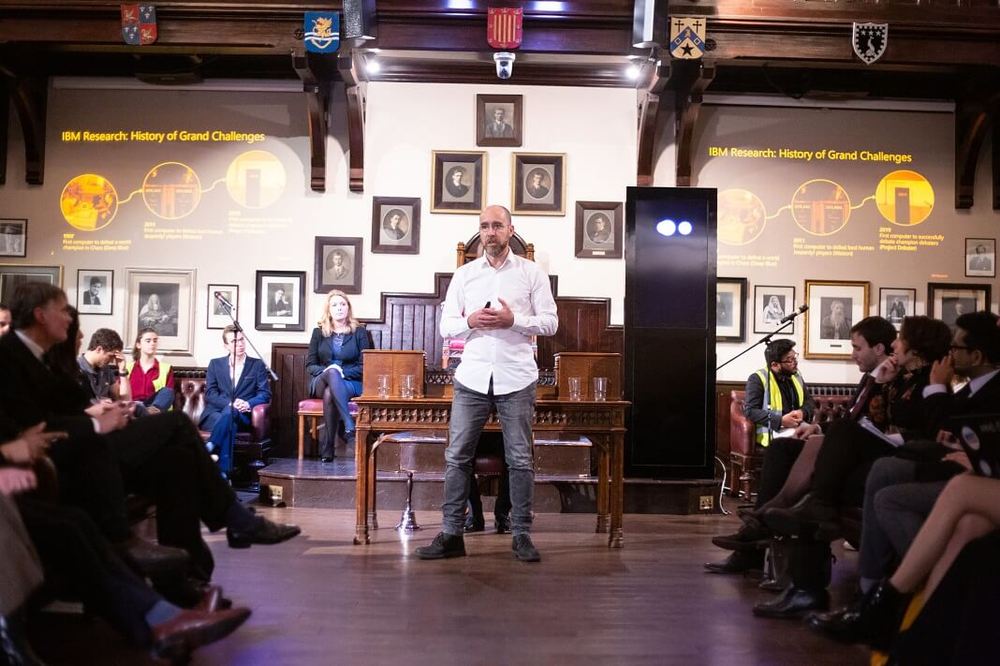
In the end, an audience poll voted in favor of the pro-AI side, but just barely; 51.2 percent of voters felt convinced that AI can help us more than it can hurt us.
The software’s natural language processing was able to identify racist, obscene, or otherwise inappropriate comments and weed them out as being irrelevant to the debate. But it also repeated the same arguments multiple times, and mixed up a statement about bias as being pro-AI rather than anti-AI.
IBM has been working on Project Debater for over six years, and though it aims to iron out small glitches like these, the system’s goal isn’t to ultimately outwit and defeat humans. On the contrary, the AI is meant to support our decision-making by taking in and processing huge amounts of information in a nuanced way, more quickly than we ever could.
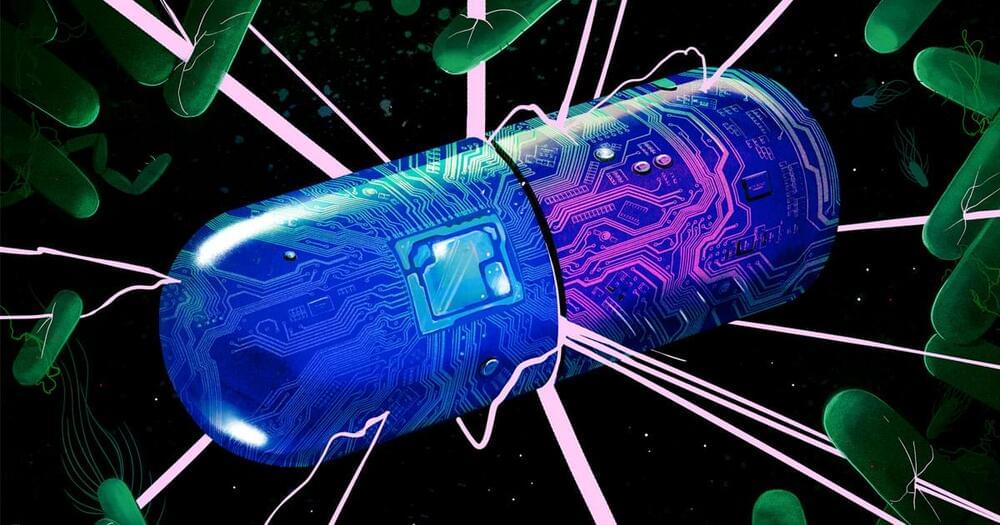
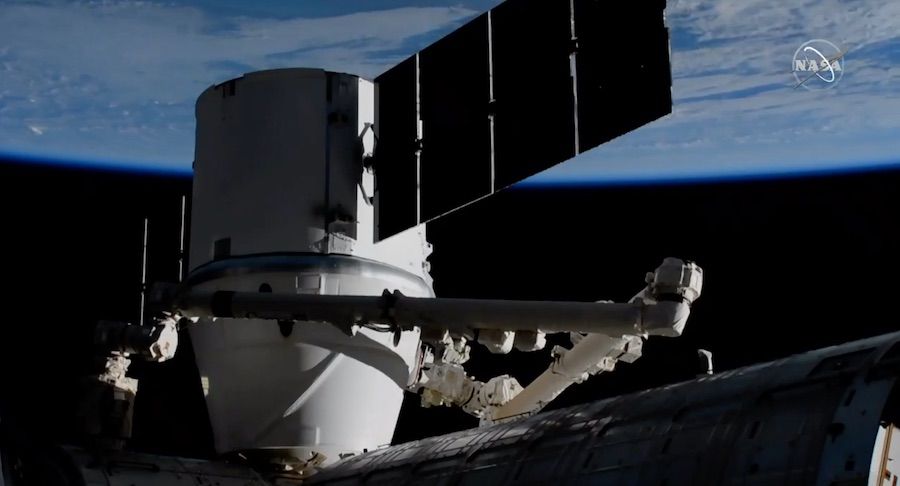
For the final time, a SpaceX Dragon cargo capsule approached the International Space Station Monday for capture with the research lab’s robotic arm, delivering more than 4,300 pounds of food, experiments and spare parts. Future Dragon resupply missions will use a new spaceship design to automatically dock with the space station.
The unpiloted cargo freighter completed a two-day pursuit of the space station Monday with an automated approach to the orbiting research outpost.
After moving into position less than 40 feet (12 meters) below the station, the Dragon capsule halted its approach and astronaut Jessica Meir took control of the research lab’s Canadian-built robotic arm. Meir, assisted by crewmate Drew Morgan, captured the Dragon spacecraft at 6:25 a.m. EDT (1025 GMT) Monday, more than a half-hour ahead of schedule.
In true ‘Blade Runner’ fashion, a child-like robot was taught to wince every time it ‘feels’ pain.


Did you know TNW Conference has a track fully dedicated to exploring new design trends this year? Check out the full ‘Sprint’ program here.
There’s been a lot of discussion in recent times around the need to get more women into AI and the primary focus of this discussion has been on developing AI systems that represent both men and women in order to reduce bias. The necessity of including women in the development of AI is universally accepted as being a positive step, and of course, it extends beyond gender to ethnicity and nationality as well if we are to truly create anything without bias.
However, there’s a narrow focus within this discussion on including women with technical skills and we need to look beyond this. There’s a whole host of skills required to develop AI systems, from designing the user interface, user experience, user testing, product development, and the system testing and training required to successfully launch an AI solution.

Intel Israel announced that the project is the first of its kind which uses AI to create “female intelligence.” The experts who worked on the project, led by data scientist and researcher Shira Guskin, analyzed thousands of insights from “veteran career women.” Once the initial advice was submitted by many women across the Israeli work force, the researchers passed the data through three algorithm models: Topic Extraction, Grouping and Summarization. This led to an algorithm which “processed the tips pool and extracted the key tips and guidelines.”
The AI said that women should fully invest in their careers, be confident, network, love, and trust their guts.